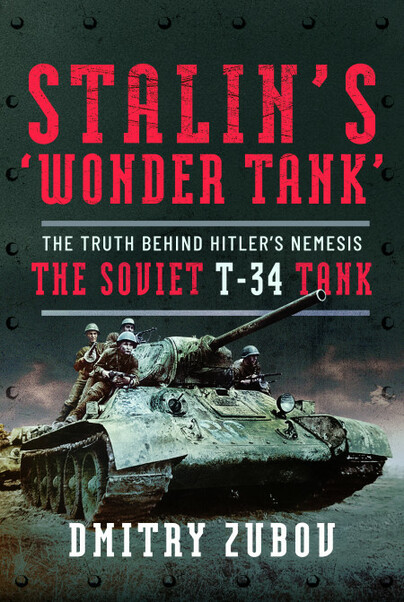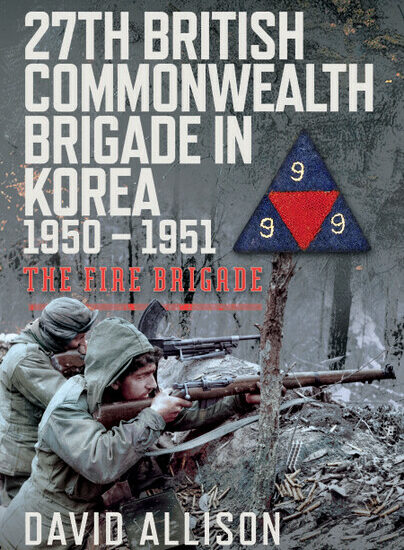The Birth of the T-34 myth
Author guest post from Dmitry Zubov.
Soviet propaganda turned the T-34 into one of the most recognizable symbols of the Red Army. A huge number of pretentious books and films are dedicated to this Stalin’s ‘wonder tank’. All Soviet and many Russian historians categorically call the T-34 the best tank of World War II. At the same time, they refer to the ‘authoritative’ opinion of Heinz Guderian and other German generals. Many Western researchers are joining this chorus of outright Stalinist propaganda, who are persistently trying to find the non-existent advantages of this very mediocre tank. The notorious sloped armour, diesel engine and wide tank tracks of the T-34 are presented as purely Soviet innovations, which the ‘talentless’ German tank designers tried in vain to copy when creating the Panther.
The myth of the ‘invincibility’ of the T-34 hides behind its fake facade the acute facts of the total inefficiency of this creation of the miserable Stalinist industry. The reality of the summer of 1941 showed that it took Wehrmacht only a couple of months to turn Stalin’s tank armada into a pile of scrap metal. Moreover, the Germans, carried away by the success of Blitzkrieg, did not notice that in addition to twelve thousand ‘obsolete’ tanks with thin armor, and about 1,200 of the newest T-34 tanks were destroyed. About the ‘wonder tank’ Hitler’s generals remembered Stalin only after the pace of the tank wedges offensive slowed down. Following the stupid orders of their Fuhrer, the Germans got bogged down in endless operations to cover their flanks from the mythical counterattacks of the Red Army, which by that time had actually lost its combat capability. To hide the consequences of Hitler’s incompetent command, the German generals had to explain the collapse of Operation Barbarossa by the incredible resilience of Soviet soldiers, the Russian Winter, and finally the ‘terrible’ Russian T-34 tank, which destroyed their victorious plans. Stalin’s incompetent generals, who abandoned their huge but completely unprepared army to the mercy of fate, also do not like to recall the colossal losses of T-34 tanks. The Mechanized Corps, grandiose in number of tanks, which, according to Stalin’s ‘ingenious’ plan, were preparing to conquer the whole of Europe, simply disappeared, crushed by the Wehrmacht. A huge number of destroyed, immobile and simply abandoned military equipment turned into a picturesque backdrop for the photographed German soldiers. By November 1941, Stalin, who had recently owned a huge number of heavy KV and medium T-34 tanks, was forced to tearfully ask the Allies for urgent supplies of British and American tanks to defend Moscow.
These facts motivate us to turn to the real story of the creation, production and combat use of the wonder tank Stalin. Under the numerous layers of Soviet secrecy, myths, propaganda and outright lies, a bitter reality is revealed. The T-34 tank was not a masterpiece of Soviet engineering, but represented a set of far from the newest and far from the best design solutions borrowed by Soviet designers in the West. ‘Wonder tank’ Produced by unskilled workers in an incredible hurry, Stalin’s tank was very often an easy target for Panzerwaffe and a mass grave for brave Soviet tankman. This book is an attempt to convey to Western readers the objective circumstances of the creation of Stalin’s much-loved T-34 tank. Unlike many books about the creation of armored fighting vehicles, this book focuses on human relationships. According to the author, analyzing the motives of the main characters is the key to understanding the reasons for creating this tank. In modern literature devoted to the creation and use of armored fighting vehicles, this important humanitarian aspect is usually ignored or presented in a distorted form. The book contains a number of widely used psychological terms and interpretations necessary for analyzing the actions of the characters. However, readers are not required to have special competencies in order to understand the ideas outlined by the author.
A detailed description of the design of Soviet tanks was not the priority of this book, but the technical aspect is presented in sufficient volume to understand the essence of the history of the creation of the T-34.
The author is also interested in analyzing the organization of the Soviet military industry and management at specific military plants, in particular at the Kharkov Locomotive Factory (KhPZ). This aspect allows us to better understand the specifics of the development and production of Soviet tanks.
This book reflects only a small part of the extensive history of the creation, production and combat use of the T-34 tank. There is no doubt that many books can and should be written about this tank. However, in the author’s subjective opinion, this small book represents a new perspective on the subject and quite fully reflects the essence of Stalin’s ‘wonder tank’.

Order your copy here.

